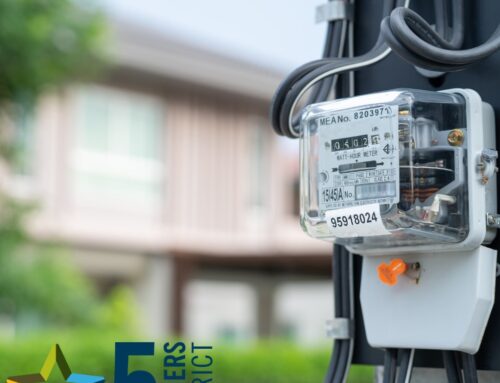In the early hours of July 8, Hurricane Beryl made landfall near Matagorda, Texas, as a Category 1 hurricane. By 10 a.m., it had weakened to a tropical storm, yet the damage was significant. Thousands in the Greater Houston area remain without power, facing the dual threats of residual flooding and oppressive heat. This recent event highlights the critical need for preparedness, both for predictable storms like Hurricane Beryl and for the sudden, non-notice storms that can strike with little warning.
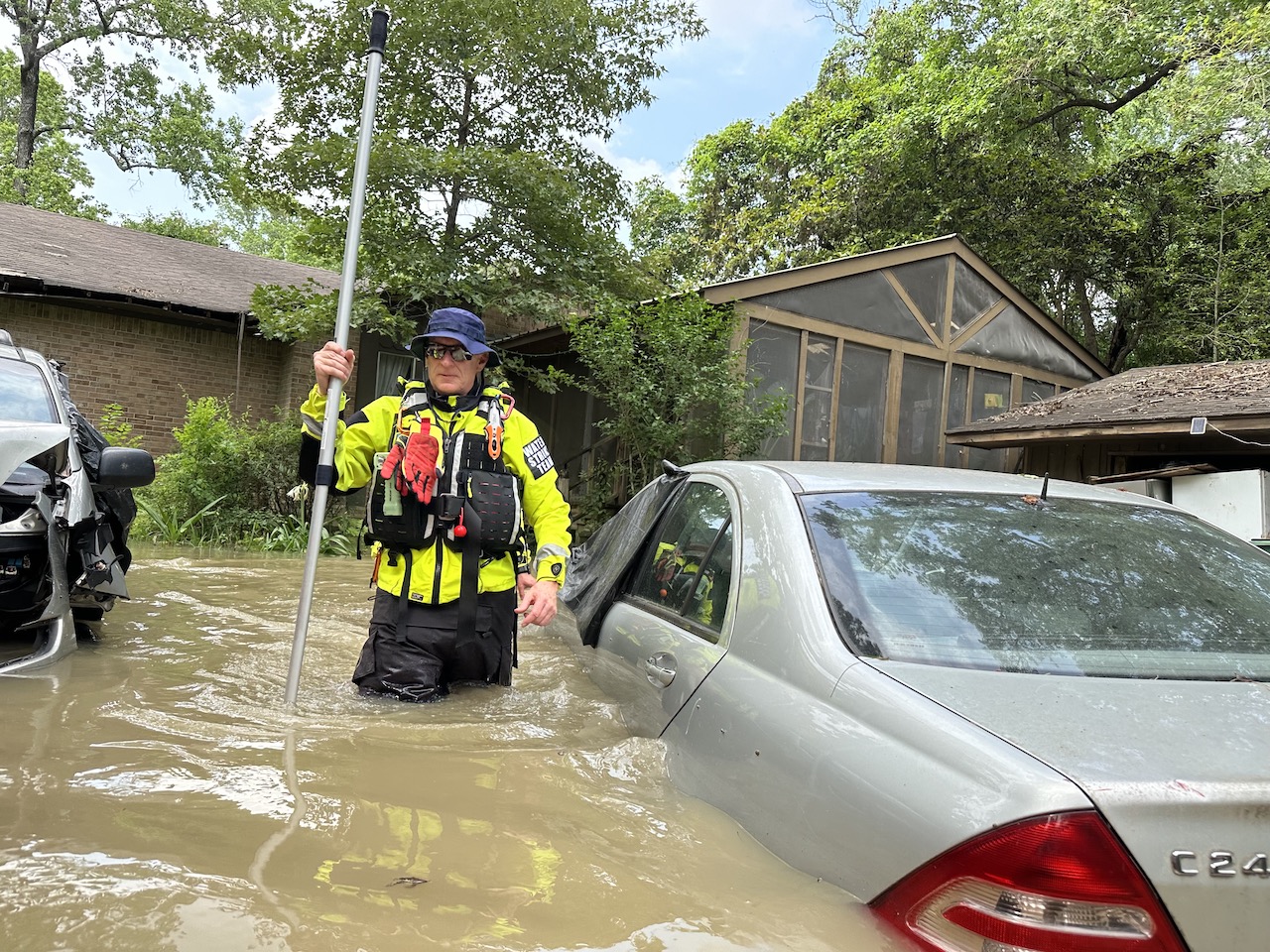
The Unseen Threats: Non-Notice Storms
While major hurricanes draw the most attention, non-notice storms have caused nearly as much damage in the Houston area. These sudden storms can lead to severe flooding, catching residents and responders off guard. Houston’s emergency services, including the Houston Fire Department (HFD), Houston Police Department (HPD), Public Works, Independent School Districts (ISDs), and management districts, are perpetually vigilant, ensuring they are ready for both forecasted and unexpected emergencies.
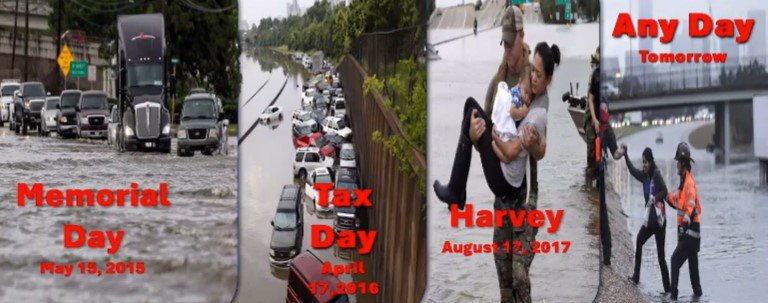
Collaborative Efforts in Emergency Response
The synergy between HFD, HPD, Public Works, ISDs, and management districts is vital for effective emergency response. During a recent interview, Chief Beau Moreno of the HFD elaborated on how these agencies work together. “We have significantly improved our communication and collaboration,” Moreno explained. “Now, during major incidents, all relevant departments are in the same room, planning and executing together. This prevents duplication of efforts and maximizes our resources.”
Moreno went on to explain the transformation in the emergency response landscape over the years. “We used to have a very siloed approach, where each department would work independently. But now, with joint efforts, we’ve created a seamless operation during emergencies. This includes utilizing area commands during significant incidents, which we saw implemented during the Sage-Mont tornado. These area commands allow us to manage complex incidents across a geographical area more effectively.”
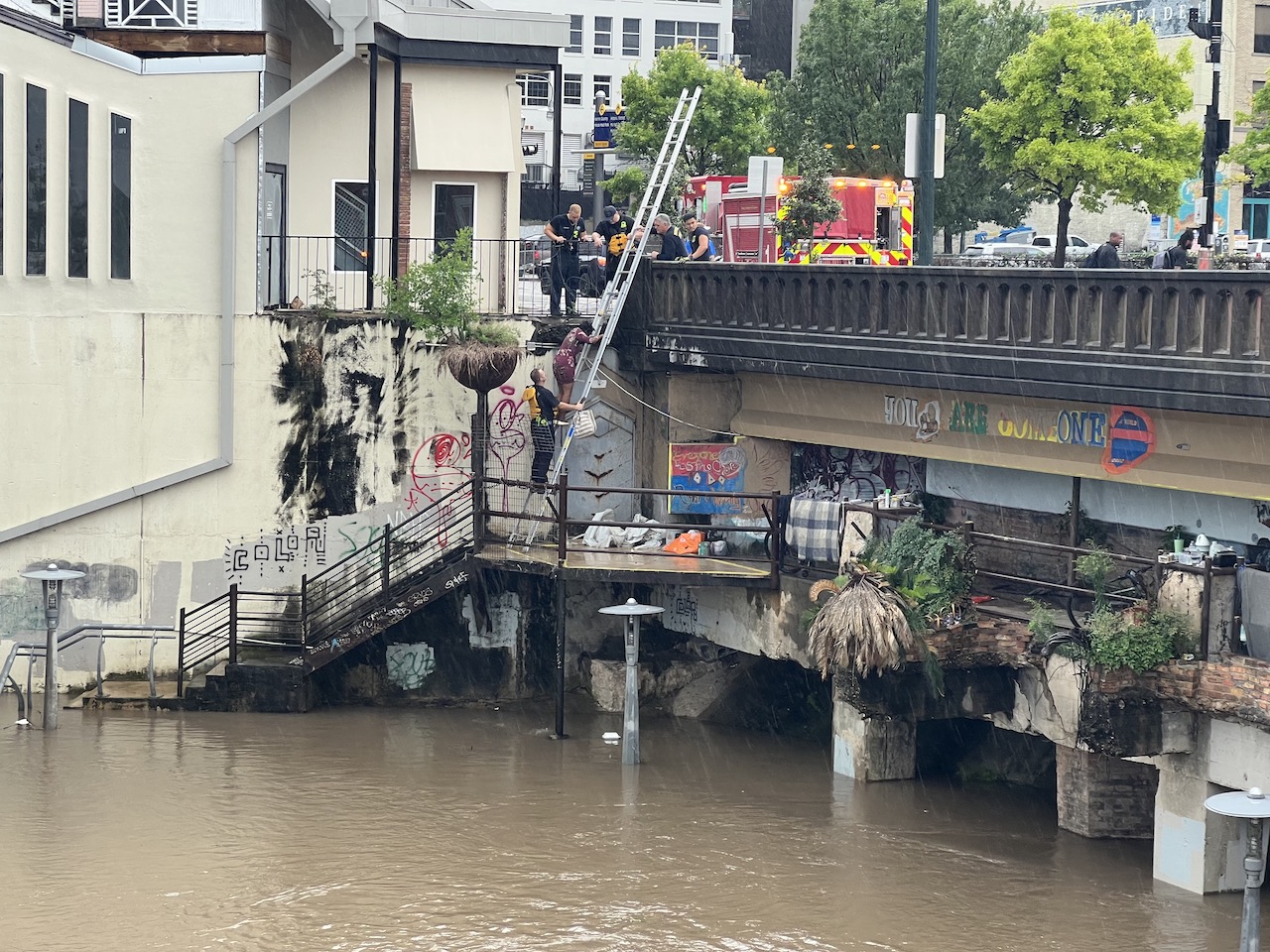
Houston’s collective emergency response fleet has grown substantially, enabling more coordinated and effective operations. The HFD has expanded its fleet to include 23 evacuation vehicles, 9 high-water vehicles, and 9 rescue boats. HPD contributes with 21 high-water vehicles, while Public Works can convert 6 dump trucks into high-water vehicles. Additionally, Spring Branch ISD police have a high-water vehicle, and the University of Texas police have two high-water vehicles stationed in the medical center. This combined fleet of over 60 specialized vehicles across agencies is now strategically deployed during emergencies, ensuring a swift and comprehensive response.
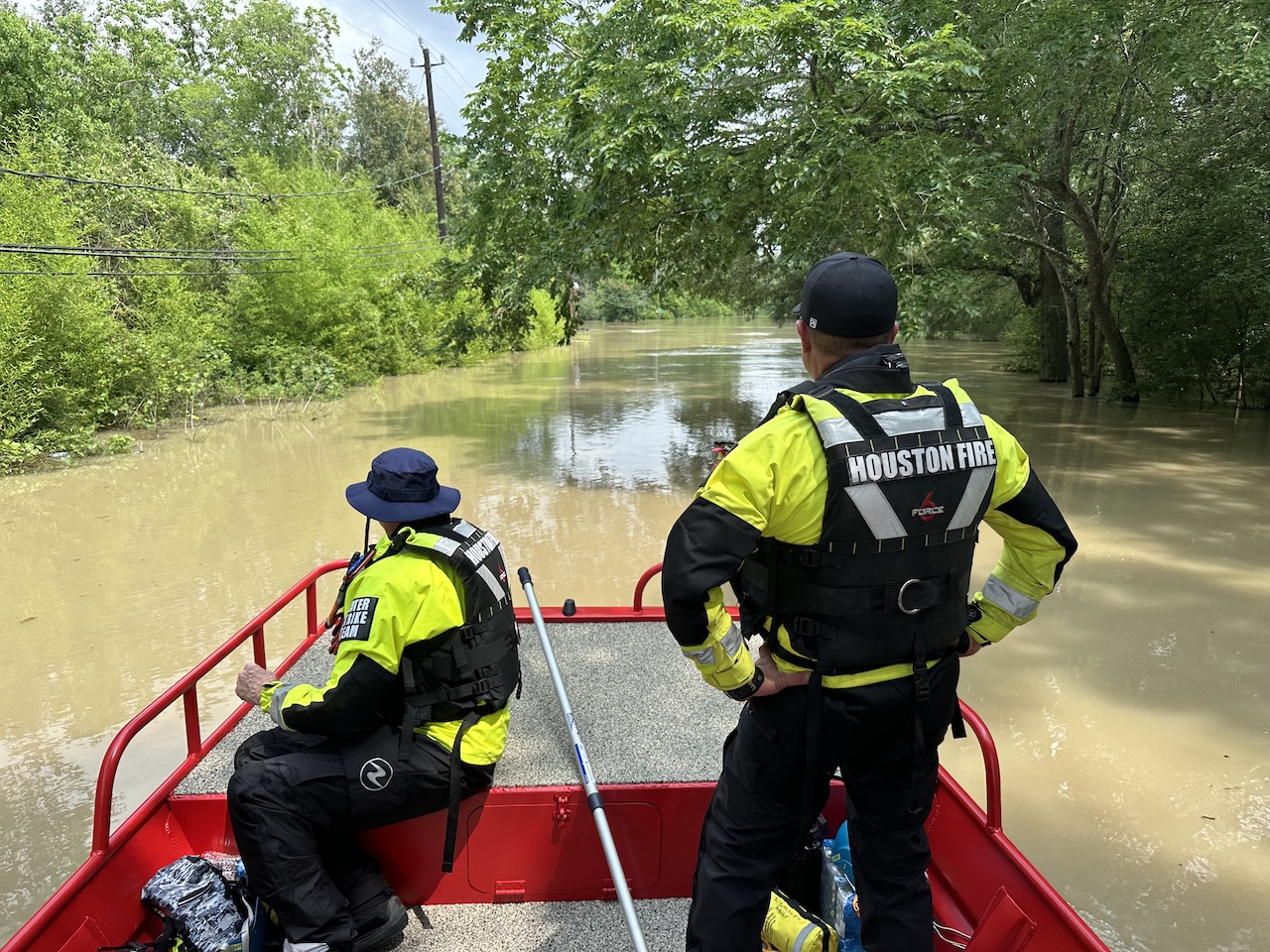
Chief Larry Baimbridge who served 31 years with the Houston Police Department echoed these sentiments, emphasizing the importance of training and preparedness. During Harvey, we saw how necessary it was for police officers to be involved in water rescues. Many officers found themselves conducting rescues without the proper equipment or training. This spurred us to mandate water survival training. “We’ve implemented mandatory water survival training for our officers,” Baimbridge stated.
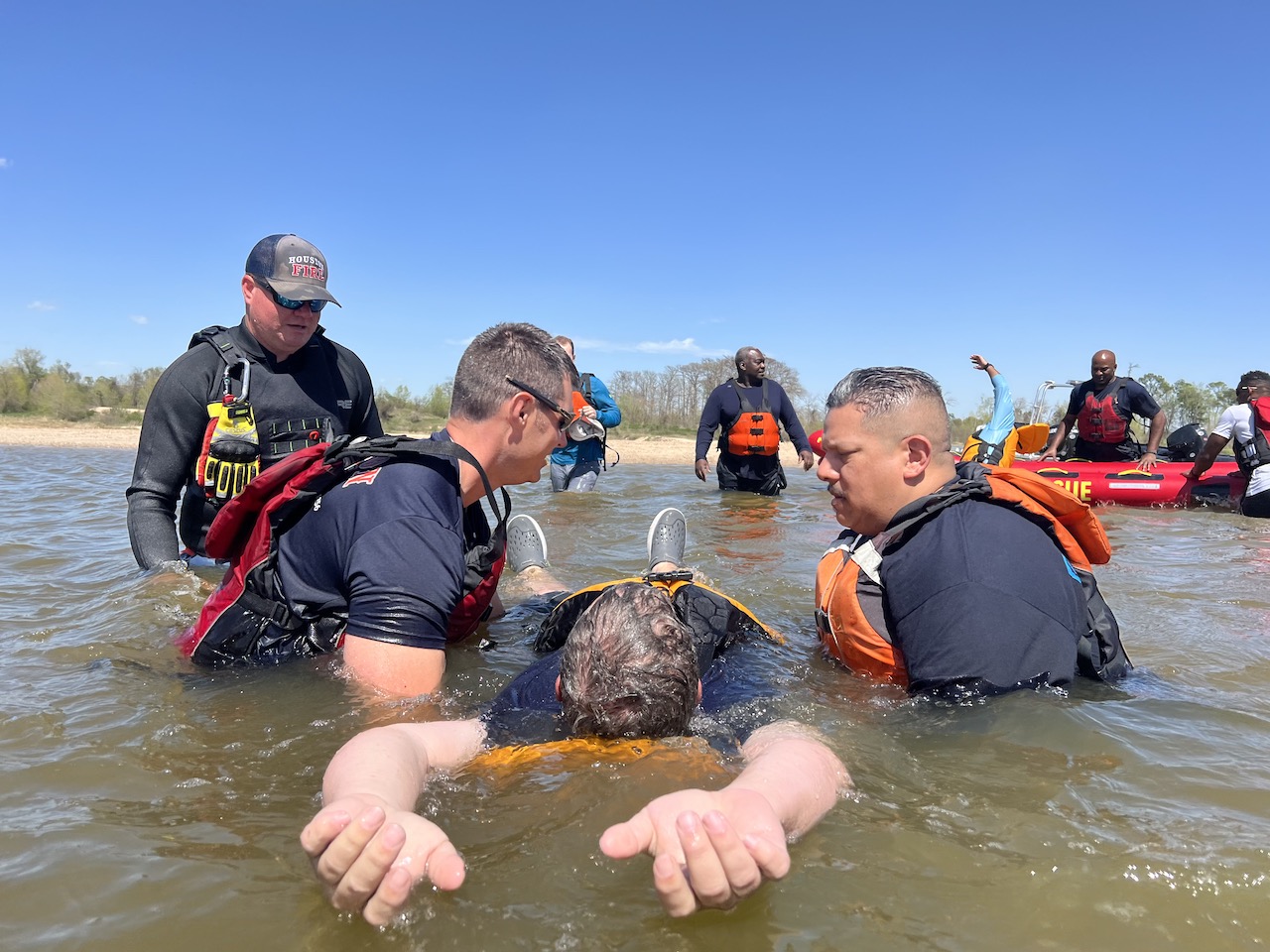
Baimbridge highlighted the critical need for this training, recounting, “One memorable instance involved an officer terrified of water. By the end of the training, she was confident and capable, ready to handle such emergencies.”

The Role of Five Corners Management District
Management districts play a crucial role in public safety. They facilitate monthly Public Safety Committee meetings with agencies like HPD and HFD ensuring continuous collaboration and communication. Moreno elaborated on the importance of these collaborations, stating, “The management districts are essential in bridging gaps between public safety agencies and the community.”
Community Involvement and Public Education
Preparedness extends beyond emergency services to involve the community. Public education on safety measures and preparedness is a key component of the management districts’ efforts. Chief Moreno emphasized the importance of community awareness, stating, “We encourage residents to stay informed and prepared. Knowing evacuation routes, having an emergency kit, and understanding the risks of floodwaters can make a significant difference during a disaster.”
Management districts have become valuable resources for distributing information to property owners. They play a crucial role in ensuring that accurate and timely information reaches the community, enhancing overall preparedness. Through newsletters, social media updates, and community meetings, they provide property owners with essential guidelines and updates on emergency preparedness and response measures.
Baimbridge added, “Public education initiatives are vital. We emphasize the dangers of driving through floodwaters and the importance of staying home during severe weather. Our training programs also include educating officers on communicating these safety tips to the public effectively.” The efforts of the management districts in disseminating this information ensure that property owners are well-informed and ready to act when emergencies arise.
Preparedness Tips for Commercial Property Owners
To help commercial property owners prepare for emergencies, we gathered specific tips from our interviews with emergency officials:
- Develop a Comprehensive Emergency Plan: Ensure your business has a detailed emergency plan that includes evacuation routes, communication protocols, and roles for all employees. Regularly update and practice this plan.
- Secure Important Documents: Store critical documents such as property deeds, insurance policies, and financial records in waterproof and fireproof containers. Digital backups stored off-site or in the cloud are also recommended. Chief Moreno recalled instances where the HFD assisted businesses in retrieving important documents during floods, highlighting the importance of having these documents secured.
- Protect Physical Assets: Invest in flood barriers, sandbags, and sump pumps to protect your property from water damage. Ensure that drainage systems are clear and functional.
- Install Backup Power Systems: Power outages can be lengthy during storms. Installing generators and backup power systems can keep essential operations running and prevent losses due to prolonged outages.
- Educate Employees and Tenants: Conduct regular training sessions for employees and, if applicable, tenants on emergency procedures. Ensure they know how to respond to different types of emergencies, including floods and power outages.
- Maintain Communication Channels: Keep updated contact information for all employees, tenants, and emergency services. Use multiple communication methods, including email, phone, and text alerts, to ensure messages are received.
- Coordinate with Local Authorities: Stay in contact with local emergency services and management districts. Participate in community meetings and stay informed about local emergency plans and resources.
- Create an Emergency Kit for the Property: Include items like flashlights, batteries, first aid supplies, non-perishable food, bottled water, and tools. Consider the specific needs of your business or property when assembling your kit.
- Insurance Review and Claims Process: Regularly review your insurance policies to ensure adequate coverage for natural disasters. Understand the claims process and have your insurance provider’s contact information readily available.
- Post-Emergency Procedures: Develop a plan for post-emergency recovery. This should include inspecting the property for damage, documenting any damage for insurance claims, and steps for quickly resuming operations.
Ensure the safety and resilience of Houston
The collaborative efforts of Houston’s emergency services and management districts have greatly improved the city’s preparedness for both notice and non-notice storms. By staying informed and prepared, property owners can help ensure the safety and resilience of their businesses and tenants during these challenging times. The dedication and proactive measures taken by HFD, HPD, and their partners exemplify how coordinated efforts and community involvement can enhance public safety and response efficiency.
In the words of Chief Moreno, “It’s not just about having the equipment; it’s about having the right people, the right training, and the right communication. Together, we can make a significant impact and save lives.”


